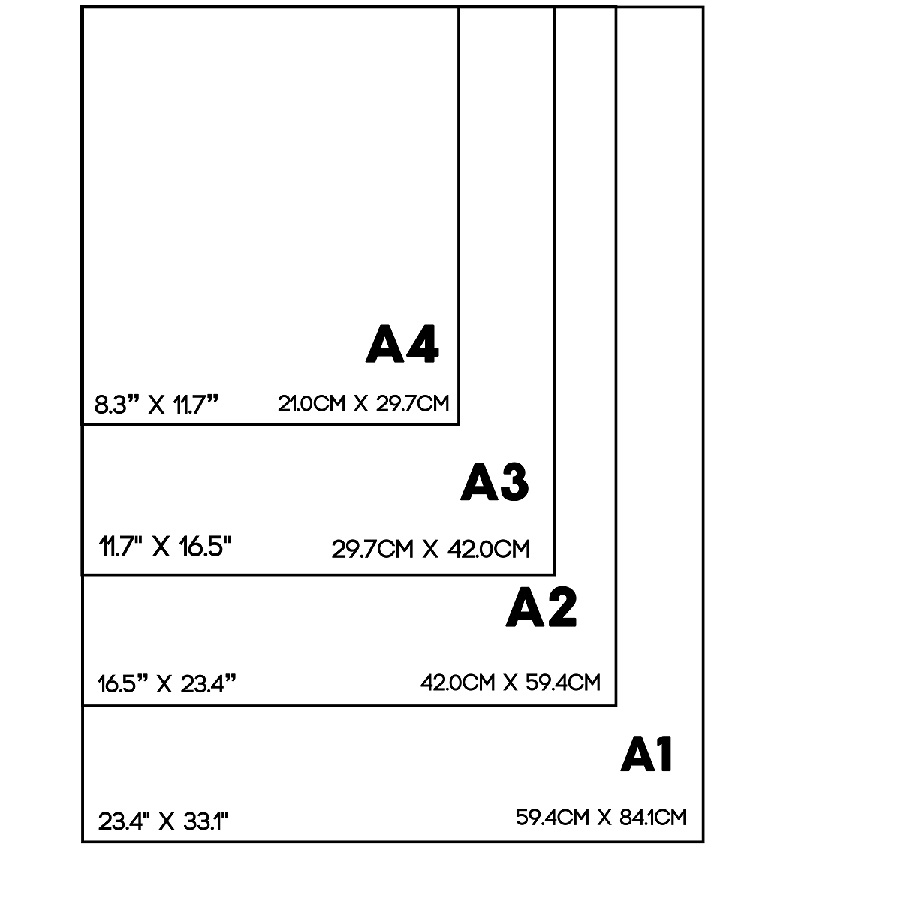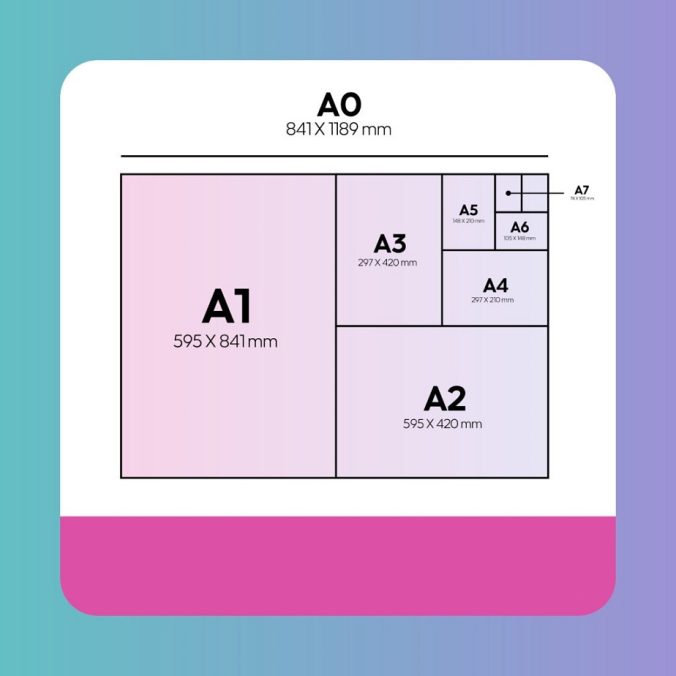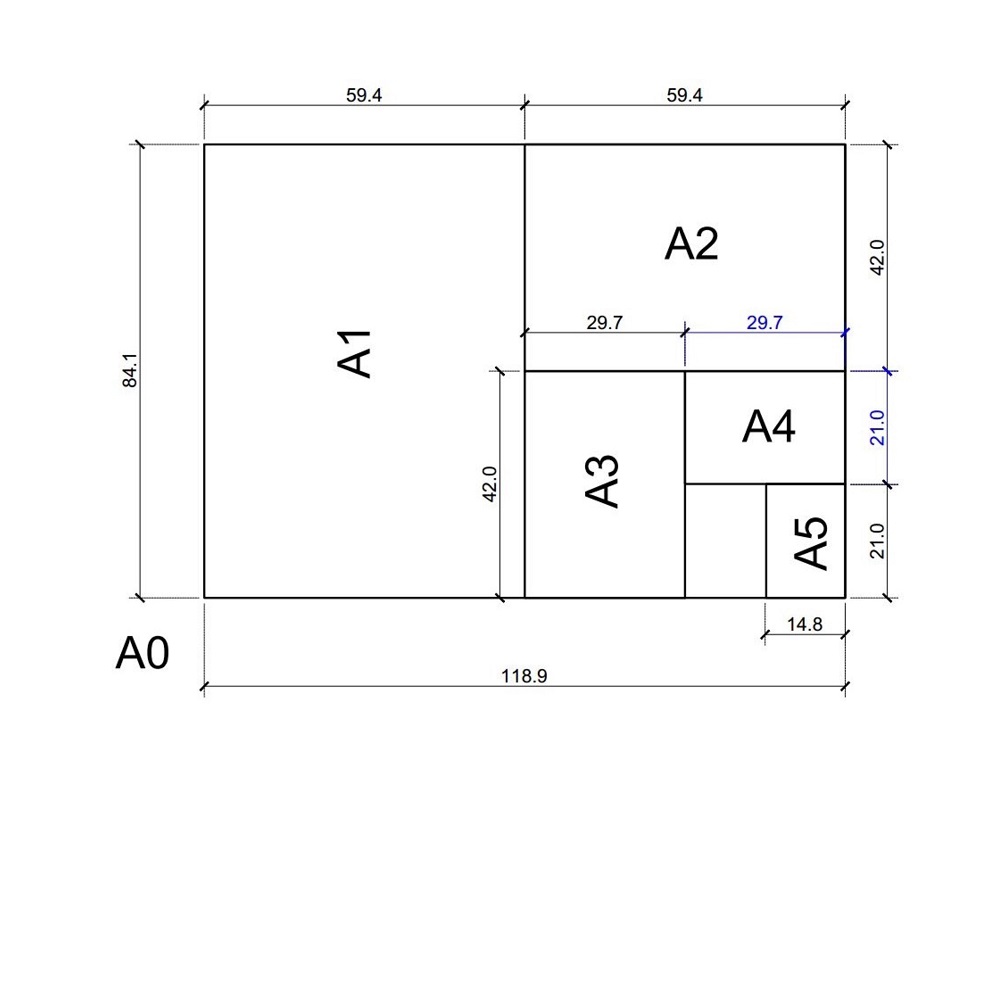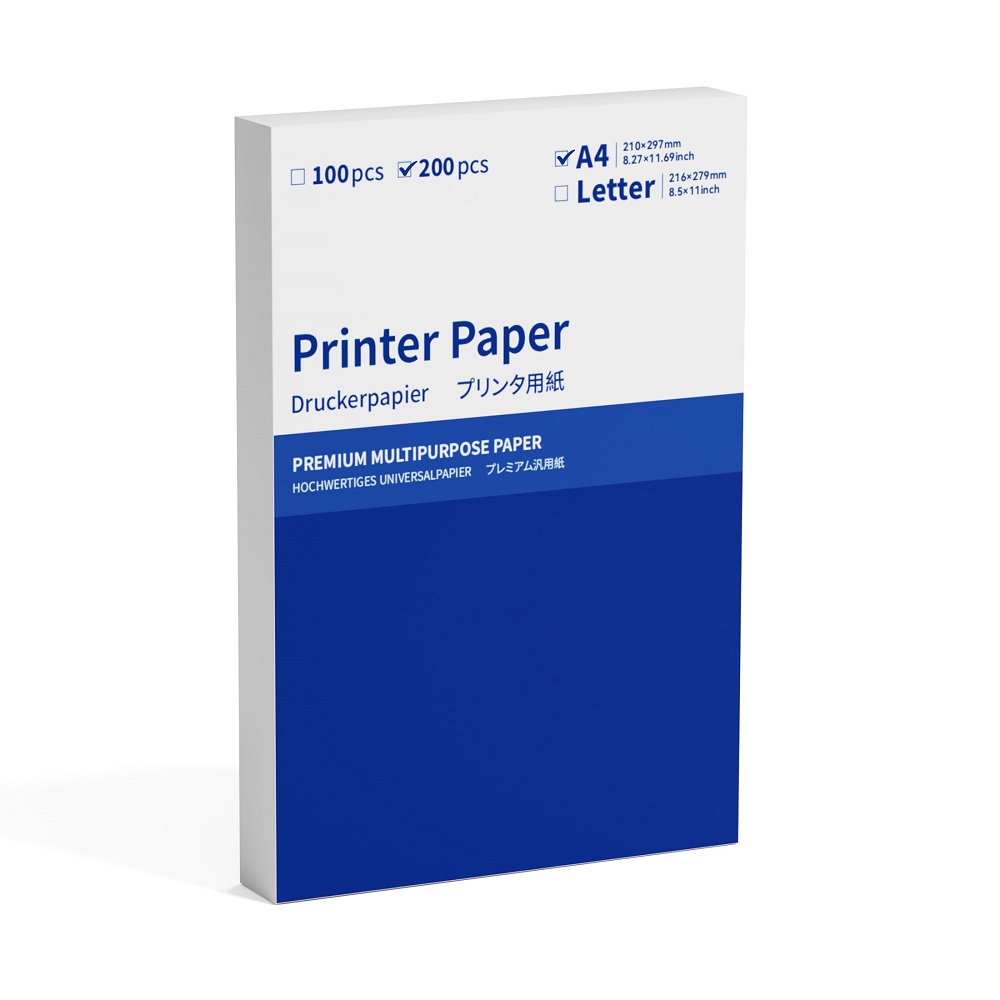Introduction to Printer Paper Sizing Standards
Understanding printer paper sizes is crucial for effective document creation and printing. Different regions follow distinct standards, leading to variations in paper dimensions.
International vs North American Paper Size Systems
Printer paper sizes are not universal. The International and North American systems use different measurements and standards.
- In the International system, often referred to as ISO 216, paper sizes have an aspect ratio of 1:?2. This system is widely accepted around the world, with the exception of a few countries including the USA and Canada.
- The North American system, in contrast, uses paper sizes measured in inches. It includes three primary sizes: the ‘Letter,’ ‘Legal,’ and ‘Tabloid.’ This system aligns with the imperial unit measurements commonly used in the United States and Canada.
Knowing these systems helps avoid confusion when printing documents, especially when engaging with international printing standards.

North American Paper Sizes Explained
Understanding the different paper sizes used in North America is vital for a range of printing tasks. This region uses the imperial measurement system, with sizes like ‘Letter’, ‘Legal’, and ‘Tabloid’ being commonplace in offices and print shops.
The ‘Letter’ Paper Size
The ‘Letter’ size paper is the most common choice for daily tasks. Measuring at 8.5 x 11 inches, people use it for reports, memos, and email printouts. It’s a bit smaller than the International A4 size but serves the same basic purposes in North America.
The ‘Legal’ Paper Size
Slightly longer, the ‘Legal’ size comes in at 8.5 x 14 inches. Its extra length makes it fit for legal documents, forms, and other official papers. It’s a standard size for detailed contracts where more space is needed.
The ‘Tabloid’ Paper Size
The ‘Tabloid’ size, measuring 11 x 17 inches, is akin to a small newspaper size. Designers and publishers often use it for creating newsletters, flyers, or small posters. Less common in everyday use, it’s ideal for documents needing a larger canvas.
International ISO 216 Paper Sizes
When considering international printing standards, ISO 216 is the go-to reference. This system includes a series of sizes known as the A-series, each with a specific purpose.
The A4 Paper Size
A4 is the most recognized paper size in the ISO 216 standard, and it’s widely used for a variety of documents. Its dimensions are 210mm x 297mm. Common uses include general office documents, PDFs, and forms. A4 is slightly narrower and longer than the North American ‘Letter’ size. Many countries use A4 as their default ‘normal printer paper size’ for printing.
The A3 Paper Size
Stepping up in size, A3 is twice the size of A4, with dimensions of 297mm x 420mm. This larger paper is optimal for presentations, diagrams, and large tables. It’s also favored for academic posters and sizable illustrations. If a document needs more space for visual impact or detailed information, A3 is often the choice.
The A1 Paper Size
As one of the largest sizes in the A-series, A1 measures 594mm x 841mm. It’s predominantly used for technical drawings, architectural plans, and large posters. In situations where visibility from a distance is crucial, such as in advertisements or informational signage, A1 is a preferred size.
Overall, understanding ISO 216 paper sizes helps navigate international printing needs effectively.
Historical Development of Paper Size Standards
Understanding how current printer paper sizing standards came about is fascinating. They are a result of both history and practicality.
The Origin of ISO 216 and the A-Series
The ISO 216 standard, introduced in 1975, stems from an idea by German scientist Georg Christoph Lichtenberg in 1786. He proposed using an aspect ratio of 1:?2 for paper sizes. Over time, this concept evolved. The format became official when it transformed into the DIN paper-format in 1921. By 1977, many countries had adopted this system. Each A-Series paper size is half the size of the previous one in the sequence. An A4 sheet, for example, is half the size of an A3.
The Evolution of North American Paper Sizes
In North America, paper sizes like the ‘Letter’, ‘Legal’, and ‘Tabloid’ have been in use for a long time. The size of the ‘Letter’, 8.5 x 11 inches, became common due to historical printing processes. In 1995, the American National Standards Institute standardized these sizes. They decided on these specific dimensions due to the ease of dividing large paper molds. For hundreds of years, these sizes became integral to daily printing in North America.
The keywords ‘normal printer paper size’ are intricately tied to these historical developments, which determined the dimensions we use today. Understanding this history helps explain why paper sizes are what they are now and how they support our current printing needs.
Printing Across Different Paper Size Systems
When we deal with international documents or requirements, printing becomes a challenge. Differences in the normal printer paper size between systems require adjustments for successful prints.
Adjusting Document Magnification for Cross-System Printing
If you’re printing a document created for one paper size system onto another, you need to adjust the magnification. For example, when printing an ISO A4 sized document on North American Letter paper, set the magnification to 94%. This compensates for the slight size difference. The reverse requires a 97% magnification. This ensures that your document fits well on the page without any cut-offs.
Modifying the Paper Size in Document Settings
Before printing, always check the paper size within your document’s settings. Most word processing software allows you to change this easily. In Microsoft Word, for example, navigate to “File” then “Page Setup” to adjust the paper size. Select the appropriate size for your region, whether it’s the US Letter or ISO A4. This step can prevent printing issues and ensure your documents are formatted correctly.
By understanding these adjustments, you can tackle the challenges of using diverse paper size systems. Aim to familiarize yourself with both ISO and North American sizes to streamline your printing process.
Tips for Selecting the Right Paper for Printing Requirements
Choosing the right paper is important for getting the best print results. Paper quality and compatibility with your printer can affect your document’s appearance and durability. Here are some tips to keep in mind when selecting paper for your printing needs.
Considerations for Quality and Compatibility
- Check paper weight: Heavier paper is often better for professional documents. It feels more substantial and lasts longer.
- Look for brightness: Brighter paper makes colors pop and text more readable. This is key for presentations or marketing materials.
- Confirm printer compatibility: Some printers work better with certain paper types. Make sure to use paper recommended by your printer’s manufacturer.
- Consider the finish: Glossy or matte finishes can change the look of your printed material. Choose based on the effect you want to achieve.
- Think about the environment: Recycled or eco-friendly paper options are available. They are good for the planet and many offer high-quality prints.
When you pick paper, balance cost with the quality your project needs. The ‘normal printer paper size’ for your region should work fine for most tasks. Whether you are using the North American Letter size or the international A4, remember that the right paper can make a difference in the final result of your print job.
Conclusion and Summary of Key Points
In wrapping up, understanding the ‘normal printer paper size’ is essential for both personal and professional printing needs. Let’s briefly summarize the key points:
- Printer paper sizes differ around the world. The International (ISO 216) and North American systems are the most common.
- North American sizes – ‘Letter’ (8.5 x 11 inches), ‘Legal’ (8.5 x 14 inches), and ‘Tabloid’ (11 x 17 inches) are standard.
- International ISO 216 sizes include A4 (210mm x 297mm), A3 (297mm x 420mm), and A1 (594mm x 841mm).
- Historical influences shaped the paper sizes we use today, with ISO 216 originating from a German scientist’s concept and North American sizes based on efficient use of old paper molds.
- Adjustments are needed when printing across different systems. Modify magnification settings or paper size in document settings before printing.
- Selecting the right paper includes considering quality and compatibility. Check the paper’s weight, brightness, printer compatibility, finish, and its environmental impact.
The ‘normal printer paper size’ for your region should cater to most needs. Yet, effective printing also relies on picking the right paper with both standards and project requirements in mind. By keeping these insights at the forefront of your printing tasks, you can ensure professional and practical outputs every time.


